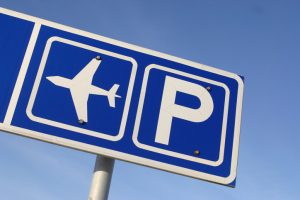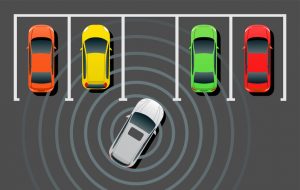Forbes Recognizes Conduent as One of America’s Best Employers for Diversity
FLORHAM PARK, N.J., May 14, 2021 — Conduent Incorporated (Nasdaq: CNDT) today announced that the company has been named to Forbes magazine’s “America’s Best 500 Employers for Diversity 2021” list. Working with analytics firm Statista, Forbes conducted a survey of over 50,000 employees working for companies employing at least 1,000 people in their U.S. operations to identify The Best Employers for Diversity.
“Being named to the Forbes list recognizes our progress in our never-ending efforts to create an environment and culture where all of our associates feel they can be themselves and valued for their contributions,” said Cliff Skelton, Conduent CEO. “We believe that fostering a diverse and inclusive culture is key to maintaining a positive and productive environment and we are constantly striving to improve. Diverse experiences, perspectives and backgrounds undoubtedly lead to better ideas, better outcomes and a better experience for our associates, clients, and communities.”
Those surveyed by Forbes answered questions on age, gender, ethnicity, disability, LGBTQA+ and general diversity about their own employer. When compiling the list, the diversity of corporations’ boards and executive ranks were also considered, as were diversity, equity, and inclusion (DEI) initiatives and any recent allegations or unresolved lawsuits related to workplace diversity. This is the first time that Conduent has been recognized on Forbes’ list of America’s Best 500 Employers for Diversity.
To learn more about Conduent’s approach to diversity and inclusion, visit https://www.conduent.com/diversity-and-inclusion/.
About Conduent
Conduent delivers mission-critical services and solutions on behalf of businesses and governments – creating exceptional outcomes for its clients and the millions of people who count on them. Through process, technology and our diverse and dedicated associates, Conduent solutions and services automate workflows, improve efficiencies, reduce costs and enable revenue growth. It’s why most Fortune 100 companies and over 500 government entities depend on Conduent every day to manage their essential interactions and move their operations forward.
Conduent’s differentiated services and solutions improve experiences for millions of people every day, including three out of every four U.S. insured patients, 10 million employees who use its HR Services, and nearly 18 million benefits recipients. Conduent’s solutions deliver exceptional outcomes for its clients including $16 billion in savings from medical bill review of workers compensation claims, up to 40% efficiency increase in HR operations, up to 27% reduction in government benefits costs, up to 40% improvement in finance, accounting and procurement expense, and improved customer service interaction times by up to 20% with higher end-user satisfaction. Learn more at www.conduent.com.


 Not a lot of people are traveling by plane right now but parking is still top of mind for those who are. In response, Forbes this weekend ran a piece about what flyers can expect when they go to park their cars.
Not a lot of people are traveling by plane right now but parking is still top of mind for those who are. In response, Forbes this weekend ran a piece about what flyers can expect when they go to park their cars. Limited-access highways, which offer high-speed roadway without much interaction with adjoining property or areas, are considered a great proving ground for autonomous vehicles, allowing them to travel quickly while minimizing the potential for accidents. Today,
Limited-access highways, which offer high-speed roadway without much interaction with adjoining property or areas, are considered a great proving ground for autonomous vehicles, allowing them to travel quickly while minimizing the potential for accidents. Today,